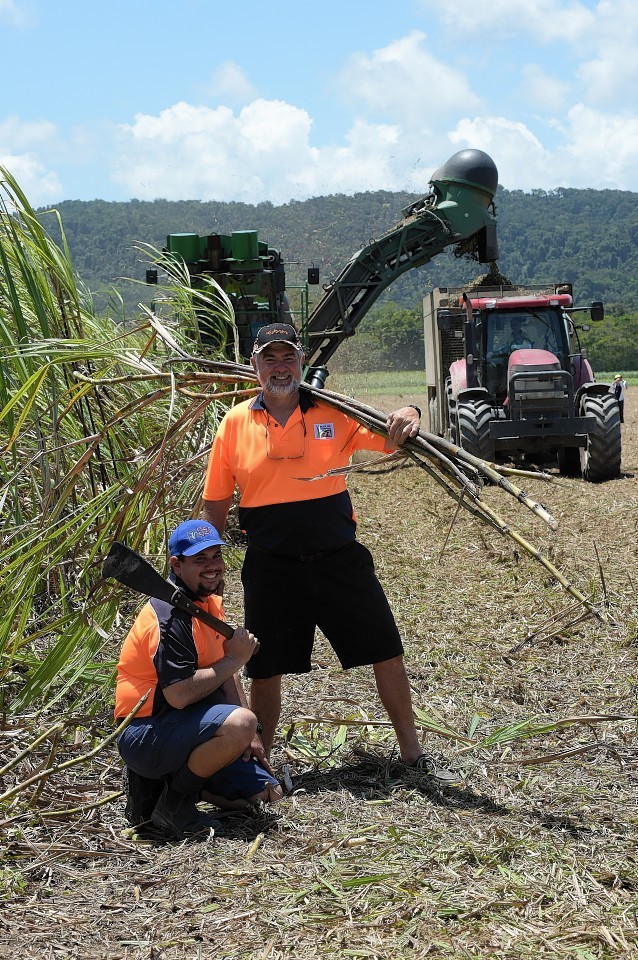Sugar cane growers north and south of Mount Garioch, near Port Douglas on Australia’s North Queensland coast, are doing their bit to protect the Great Barrier Reef, but they are finding greening is no less challenging than their Aberdeenshire counterparts.
In 2014 farmers in the north-east and Angus hosted an international congress of agricultural journalists.
Before this year’s congress in New Zealand, reporters and broadcasters took a pre-congress tour in tropical Queensland, visiting sugar cane and banana farms where the average annual rainfall can be 2.5 metres.
Water quickly reaches the Great Barrier Reef where any pollutants it carries add their threat to an environmental icon and World Heritage site covering an area the size of Italy.
However, the Queensland growers argue the efforts they are making to reduce their impact on the reef are not being recognised by politicians and media.
After international criticism about the condition of the reef the Australian and Queensland governments have redoubled their efforts to address what generations of industrial activity and development has done to a delicate ecosystem.
Their long-term Reef 2050 strategy includes better urban sewage treatment and stricter controls on dredging and shipping at major east coast ports. Agriculture’s contribution has included the Smartcane Best Practice (BMP) programme.
Sugar cane is a kind of giant grass and the Puglisi family at Mossman have grown it for generations, progressing from the hard labour of hand-cutting to machine harvesting, chopping it into 2ft long billets loaded into the narrow gauge railway that feeds the sugar mills.
As a BMP advocate Gerard Puglisi and his father Angelo found that more precise nitrogen applications, the use of hooded spray nozzles to reduce pesticide spread, replacing cane waste burning with mulching coupled with strategies to minimise soil erosion not only cut the threat to the coral but improved their business performance.
BMP project officer Mick Quirk told journalists 45% of the sugar cane area in Queensland is registered with Smartcane BMP and some 773 businesses have already completed the required training modules. He is working to build on that success.
He said: “The more that the industry can demonstrate that it is applying current best practice for managing nutrients, water and pesticides, the less pressure there will be for regulations or other external interventions into industry practice.”
He was very interested to learn how, through introductions like Nitrogen Vulnerable Zones, farmers in Aberdeenshire and the rest of Scotland are also having to address water quality issues and other environmental pressures.
“There is increasing political pressure to tighten reef protection legislation and the city-based Australian media fails to recognise what farmers are doing to protect the reef. It is easy for them to feel victimised,” added Mr Quirk.
“My Queensland growers will appreciate the fact they are not the only ones being urged to change the way they are doing things.”
However even leaders and strong advocates like Gerard Puglisi are wondering what can be done next.
He told journalists some growers believed they were reaching the stage where individually they could do no more and remain viable.
To meet the demands some pressure groups are making, it will need some very special contributions from scientists and government, said Mr Quirk.
